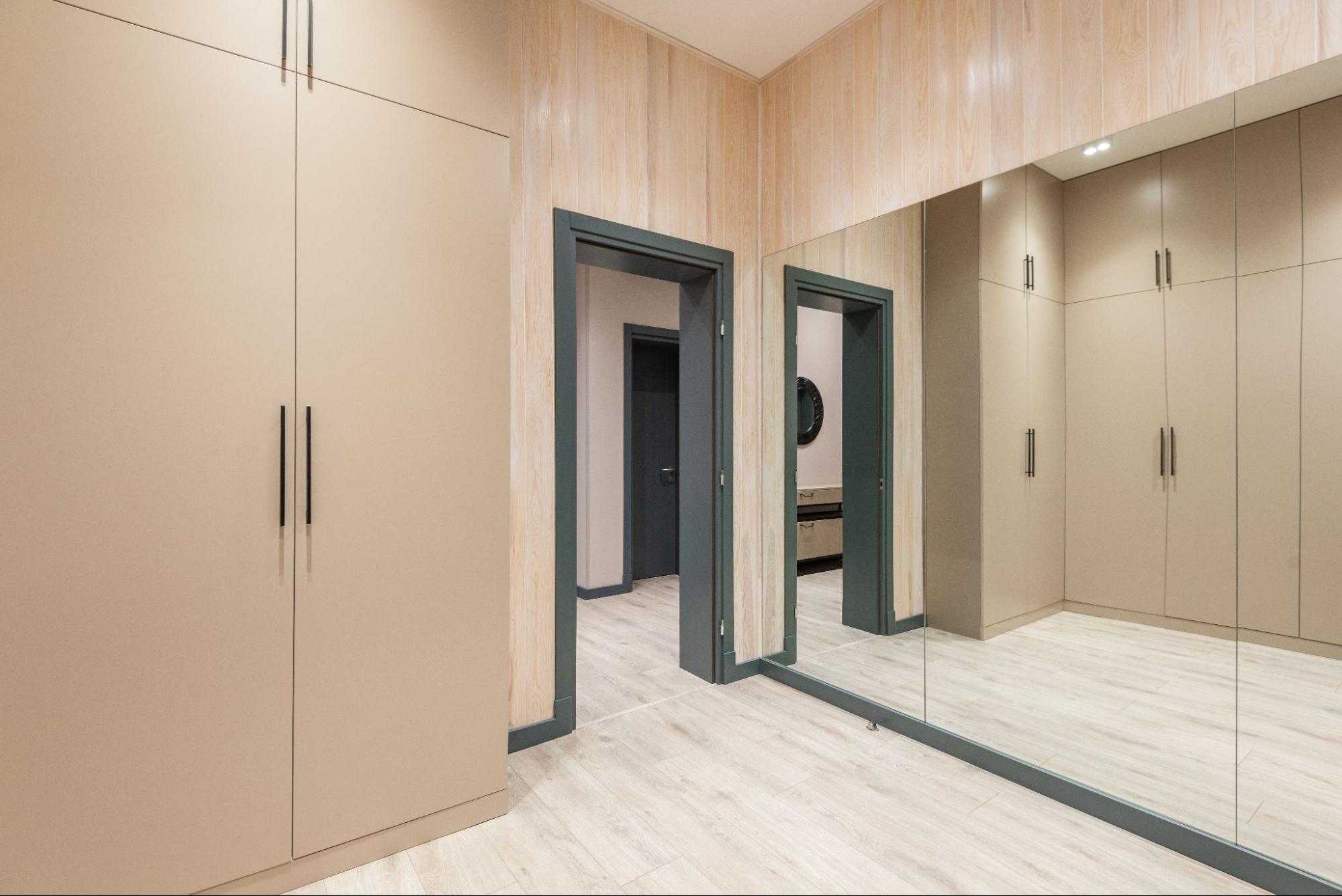
Small Closet Doors
Maintaining small closet doors can sometimes be challenging, but with the right approach, it doesn’t have to be overwhelming. In this article, I’ll share some helpful tips and techniques on effectively maintaining your small closet doors and keeping them in great condition for years to come.
One important aspect of maintaining small closet doors is regular cleaning. Dust and dirt can easily accumulate on the surface of the doors, making them look dull and unappealing. To prevent this, I recommend using a soft cloth or sponge and a mild cleaner to wipe down the doors gently. Be sure to notice any crevices or grooves where dust might gather.
Another key factor in maintaining small closet doors is proper lubrication. Over time, hinges and tracks can become stiff or squeaky, hindering the smooth opening and closing of the doors. Applying a silicone-based lubricant or graphite powder to these areas will help reduce friction and ensure your doors operate seamlessly.
Lastly, keeping an eye out for any signs of damage is crucial for preserving the longevity of your small closet doors. Check for loose screws or bolts that may need tightening and any cracks or chips in the door material. Addressing these issues promptly will prevent further damage and potentially costly repairs.

Choosing The Right Material For Small Closet Doors
When it comes to small closet doors, choosing the right material is crucial for both functionality and aesthetics. The material you select will determine the durability, maintenance requirements, and overall appearance of your closet doors. Here are a few key factors to consider when making your decision:
- Wood: Wood is a popular choice for small closet doors due to its timeless appeal and versatility. It offers a warm and natural look that can complement various interior styles. However, it’s important to note that wood may require regular maintenance, such as sealing or painting, to protect it from moisture damage.
- MDF: Medium-density fiberboard (MDF) is an engineered wood product made from compressed wood fibers. It provides a more affordable alternative to solid wood while offering durability and stability. MDF can be easily painted or veneered to achieve different finishes, making it suitable for those seeking customization.
- Laminate: Laminate doors consist of a thin layer of decorative paper or vinyl adhered to a composite core material like MDF or particleboard. They offer extensive design choices, including various colors, patterns, and textures. Laminate doors are highly resistant to scratches and stains, making them ideal for high-traffic areas like closets.
- Glass: If you want to add a touch of elegance and openness to your small closet space, glass doors might be the perfect solution. They allow natural light to flow into the closet while visually expanding the area. Glass doors come in different styles, such as clear, frosted, or textured glass, for added privacy.
- Sliding vs. Hinged: Consider whether you prefer sliding or hinged doors based on your available space and personal preference. Sliding doors are excellent space savers as they don’t swing out into the room when opened. On the other hand, hinged doors provide a classic look and easy access to the entire closet.
Final Thoughts
Remember, before making a final decision, you must consider your budget, maintenance capabilities, desired style, and the overall functionality you expect from your small closet doors. You can choose the right material that meets your practical and aesthetic needs by carefully considering these aspects.
Following these simple yet effective maintenance techniques ensures that your small closet doors remain functional and visually appealing for years. With just a little care and attention, you’ll enjoy easy access to your belongings while adding style to your space.





